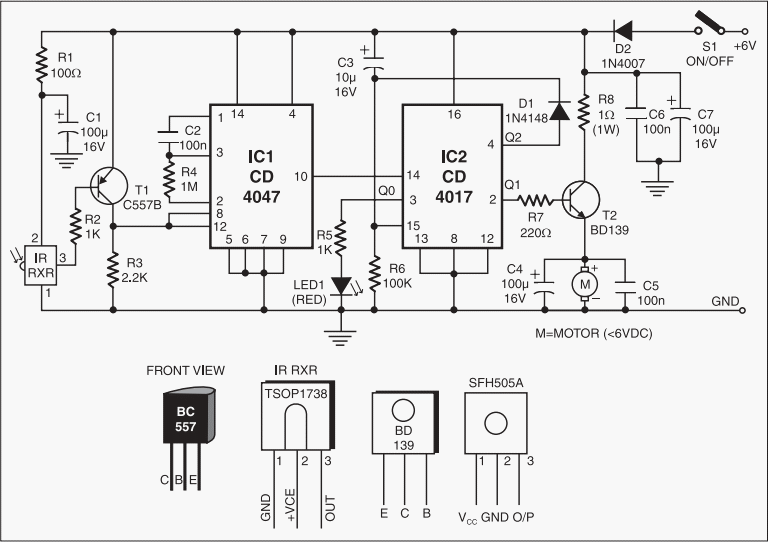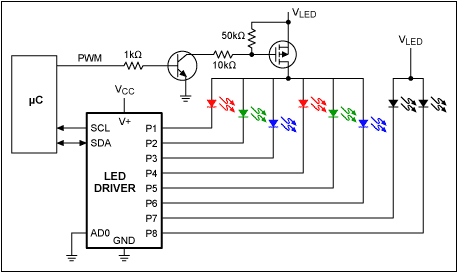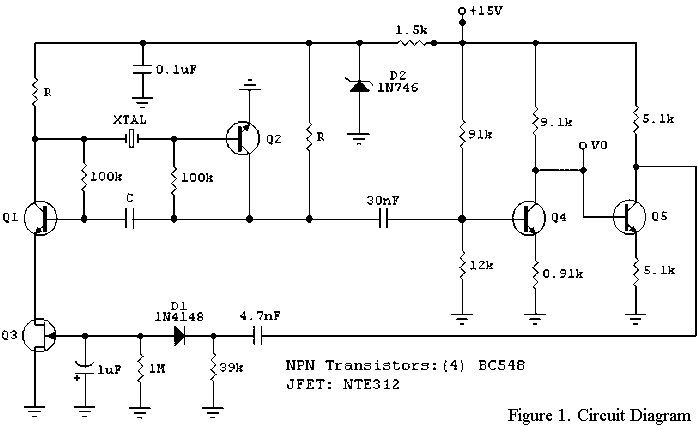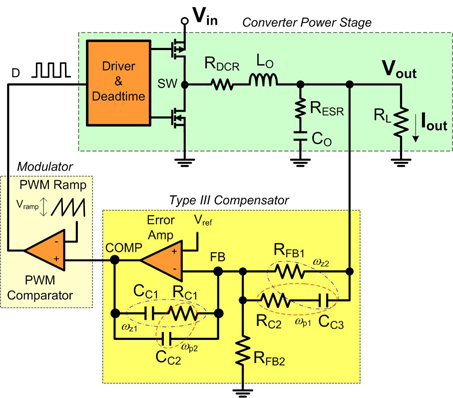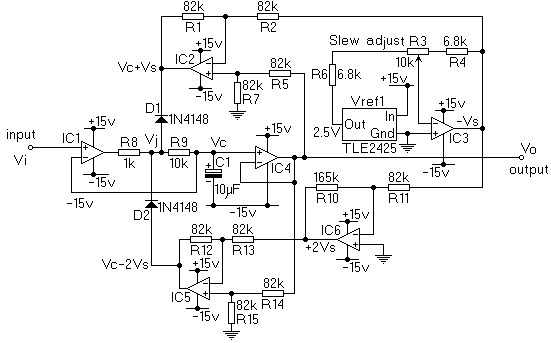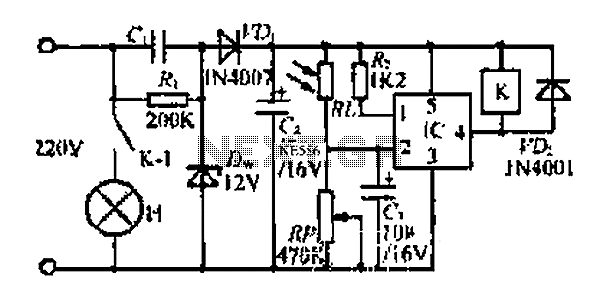
GSM Remote Control 2 IN and 2 OUT DTMF
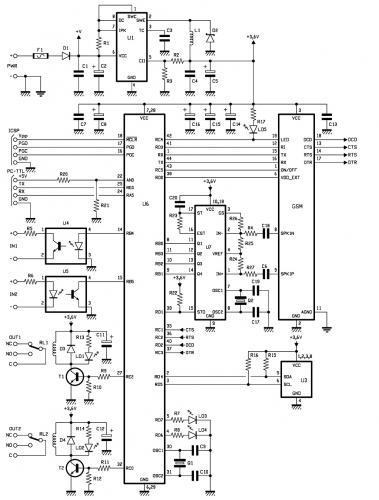
Introduction In this post, the latest application developed from the modular remote control project initiated in the April issue is presented.
The modular remote control system is designed to enhance user interaction with various electronic devices through a flexible and customizable interface. This system typically consists of a microcontroller unit (MCU), wireless communication modules, and an array of input/output (I/O) components. The modular design allows for easy integration of additional features such as sensors, actuators, and user interface elements.
The microcontroller serves as the central processing unit, executing firmware that interprets user commands and manages communication with connected devices. Wireless modules, such as Bluetooth or Wi-Fi, facilitate remote operation, enabling users to control devices from a distance. Input components may include buttons, touchscreens, or rotary encoders, while output components can consist of LEDs, displays, or motors.
The application developed from this modular remote control can be tailored to specific user requirements, allowing for the addition of unique functionalities. For instance, it may incorporate smart home automation features, enabling users to control lighting, heating, and security systems seamlessly from a single interface.
Overall, the modular remote control system exemplifies versatility in electronic design, allowing for continuous enhancements and adaptations to meet evolving technological demands. This project not only demonstrates the potential for innovative applications but also serves as a foundation for future developments in remote control technology.h5. Introduction In this post we present the last application created from the development of the modular remote control we started describing in the issue of April.. 🔗 External reference
The modular remote control system is designed to enhance user interaction with various electronic devices through a flexible and customizable interface. This system typically consists of a microcontroller unit (MCU), wireless communication modules, and an array of input/output (I/O) components. The modular design allows for easy integration of additional features such as sensors, actuators, and user interface elements.
The microcontroller serves as the central processing unit, executing firmware that interprets user commands and manages communication with connected devices. Wireless modules, such as Bluetooth or Wi-Fi, facilitate remote operation, enabling users to control devices from a distance. Input components may include buttons, touchscreens, or rotary encoders, while output components can consist of LEDs, displays, or motors.
The application developed from this modular remote control can be tailored to specific user requirements, allowing for the addition of unique functionalities. For instance, it may incorporate smart home automation features, enabling users to control lighting, heating, and security systems seamlessly from a single interface.
Overall, the modular remote control system exemplifies versatility in electronic design, allowing for continuous enhancements and adaptations to meet evolving technological demands. This project not only demonstrates the potential for innovative applications but also serves as a foundation for future developments in remote control technology.h5. Introduction In this post we present the last application created from the development of the modular remote control we started describing in the issue of April.. 🔗 External reference
Warning: include(partials/cookie-banner.php): Failed to open stream: Permission denied in /var/www/html/nextgr/view-circuit.php on line 713
Warning: include(): Failed opening 'partials/cookie-banner.php' for inclusion (include_path='.:/usr/share/php') in /var/www/html/nextgr/view-circuit.php on line 713
